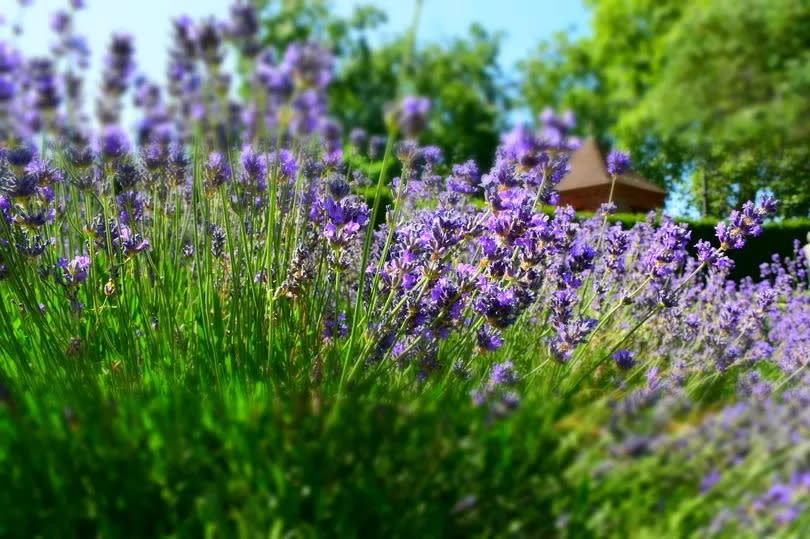Alan Titchmarsh explains 'must do' gardening step to avoid 'very few flowers' this summer

Alan Titchmarsh has offered some important advice for anyone with lavender in their gardens if they want to see the beautiful plant bloom later this year.
One of the most popular choices for beds and pots thanks to its striking purple colour and distinct scent, lavender is loved by bees and typically flowers in the summer between June and September. However, in order to see your lavender in all its glory, there's a key job that you need to tackle now - or else risk "very few flowers" from your plant in the coming months.
Gardening guru Alan explained that while lavender is relatively easily to grow, it needs to be pruned to keep it coming back year after year. Failing to cut back your plant could mean you end up with some sorry-looking "bare" stems in the summer, The Express reports.
Alan explained: "Lavenders aren't difficult plants to look after, but you must prune them. An unkempt lavender soon turns from a neat, busy youngster into a straggly geriatric with bare, arthritic woody stems, stunted bunches of foliage and very few flowers."
The gardener added that pruning acts as an "annual rejuvenation treatment" for lavender plants, and can "prolong" their life to ensure they keep blooming while also "keeping them in shape" to promote "better blooms". According to Alan, the best time of year to prune your lavender is actually in the late summer or early autumn when the flower has stopped producing new blooms.
But if you haven't got around to pruning yours yet, it's still possible to avoid those bare stems in a couple of months by cutting it back now if necessary. Traditional English lavender and its hybrids should be pruned with a light all-over clipping, Alan advised - but be careful not to over-prune your plant.
As a general rule of thumb, you should only cut around one-third to a half of the plant's existing size, and never cut more than two-thirds, as the plant will struggle to bounce back. And this isn't the only job you can be getting on with throughout April to make your garden ready for summer, according to fellow expert Monty Don.
In his latest newsletter, Monty advised: "The important thing is to get on top of things. So cut the grass, weed as much as possible, get perennial plants in the ground, finish mulching, sow some seeds - but in a manageable, enjoyable way. Keep it simple."
While you should avoid cutting back any spring bulbs that have finished flowering or else risk their quality next spring, Monty cautioned, you can instead lift them into containers to put them to one side to die off if you want to keep your garden looking tidy - keeping the bulbs to replant in the autumn. You can also dead-head azaleas and rhododendrons, and sweet peas can be planted outside towards the end of the month for a burst of colour in the summer.

 Yahoo News
Yahoo News 
